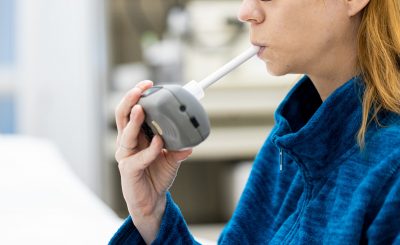“UV radiation can cause, among other things, skin ageing, wrinkles, pigment changes, peeling skin lesions, and in 10-15 percent of cases squamous cell skin carcioma,” says Dr. Péter Holló. The director of the Department of Dermatology, Venereology and Dermatooncology at Semmelweis University explained that symptoms caused by photodamage to the facial skin can go almost unnoticed for many years without any symptoms.
With regular annual screening, if the disease is detected at an early stage, it is more likely to be cured, so with proper treatment pre-cancer condition doesn’t develop into skin cancer.
The face is one of the first and most common areas to develop symptoms of chronic sun damage, as it is more exposed to the harmful effects of sunlight than other parts of the body.
The areas of the skin that cannot be covered by clothing – face, head, back of the hands, décolleté – need to be protected in spring and early summer. Sunscreen, sunglasses, hats and avoidance of direct sunlight between 11 and 15 hours can reduce the incidence of malignant skin lesions on the face, arms, hands and scalp. Skin type can also be important, but people with tanner skin can develop malignant skin tumours – even melanomas – just as well as people with lighter skin. So this does not mean complete immunity,” he warned. Dr. Péter Holló pointed out that in recent years more and more people have been going for skin tumour screening, which is always carried out by a dermatologist using a special skin microscope to identify skin lesions more accurately.
In many cases, the dermatoscopic examination can detect suspicious lesions, the type and clinical appearance of which determine the correct method of histological sampling and further therapy.
Eszter Csatári-Földváry
Translation: Rita Kónya
Photo: Attila Kovács – Semmelweis University
Cover picture (illustration): Envato



